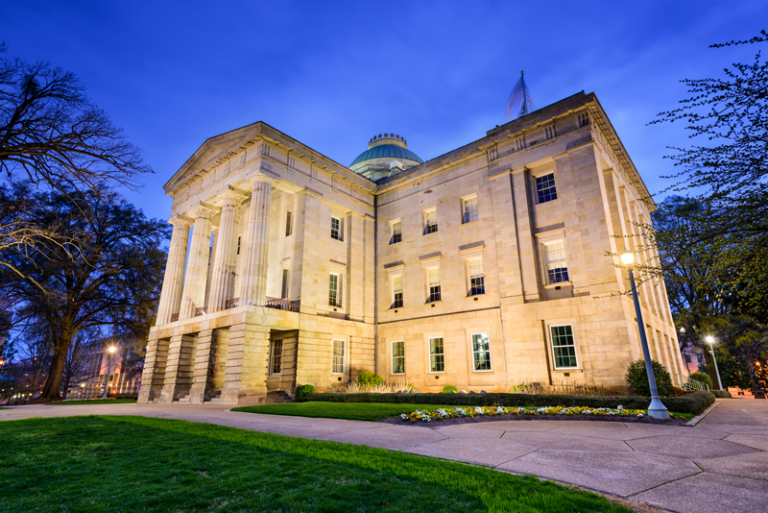The multigenerational survival rate for family-owned businesses is not good. Lack of a shared vision for the family enterprise and weak next-generation leadership are often cited as two of the leading reasons for the failure of family firms to successfully transition from one generation of family ownership to the next. The climate of the business-owning family has also been suggested as important to the performance of the family enterprise. Despite these commonly held tenets, there is a lack of rigorous quantitative research that explores the relationships among these three factors.

The Art of Letting Go
With every passing generation, a family-run business faces the risk of losing steam due to improper handovers and inadequate talent and leadership development. How, then, can the senior-generation of leaders ensure that all the years of blood and sweat that went into building a business don't go to waste? The third and final installment of our family business series attempts to answer this question.

New Kids on the Block
In this second part of our family business series, we take a look at Vietri, America's largest company selling fine Italian tableware. The metaphor of beautiful, fragile crockery is rather apt in the context of family-owned businesses, which can be destroyed in the blink of an eye unless there is an abiding commitment to handling it with care--across generations. Yes, we are talking succession planning, still the Achilles' heel of several painstakingly built enterprises.

How to Biltmore Value
The image of the ‘home’ is central to family businesses, beyond its obvious role as the mooring ground for generations of entrepreneurs. Entrepreneurs often find it difficult to keep home and business apart—which is why the story of a home that is itself the business can offer many fascinating lessons. The Biltmore Estate, America’s largest private home and a National Historic Landmark, is today an 8,000-acre, 1,800-employee enterprise, run by a fourth-generation family hand. The estate defies an old myth—that family businesses don’t last beyond three generations. Evolving from just a tourist attraction to a luxury hotel, a winery, a home products line and an equestrian center, Biltmore has been a celebrated model of sustainable growth held together by a strong family anchor over nearly twelve decades. This article explores Biltmore’s mix of family-led and professional management, and how the grand estate is gearing up for the future.
